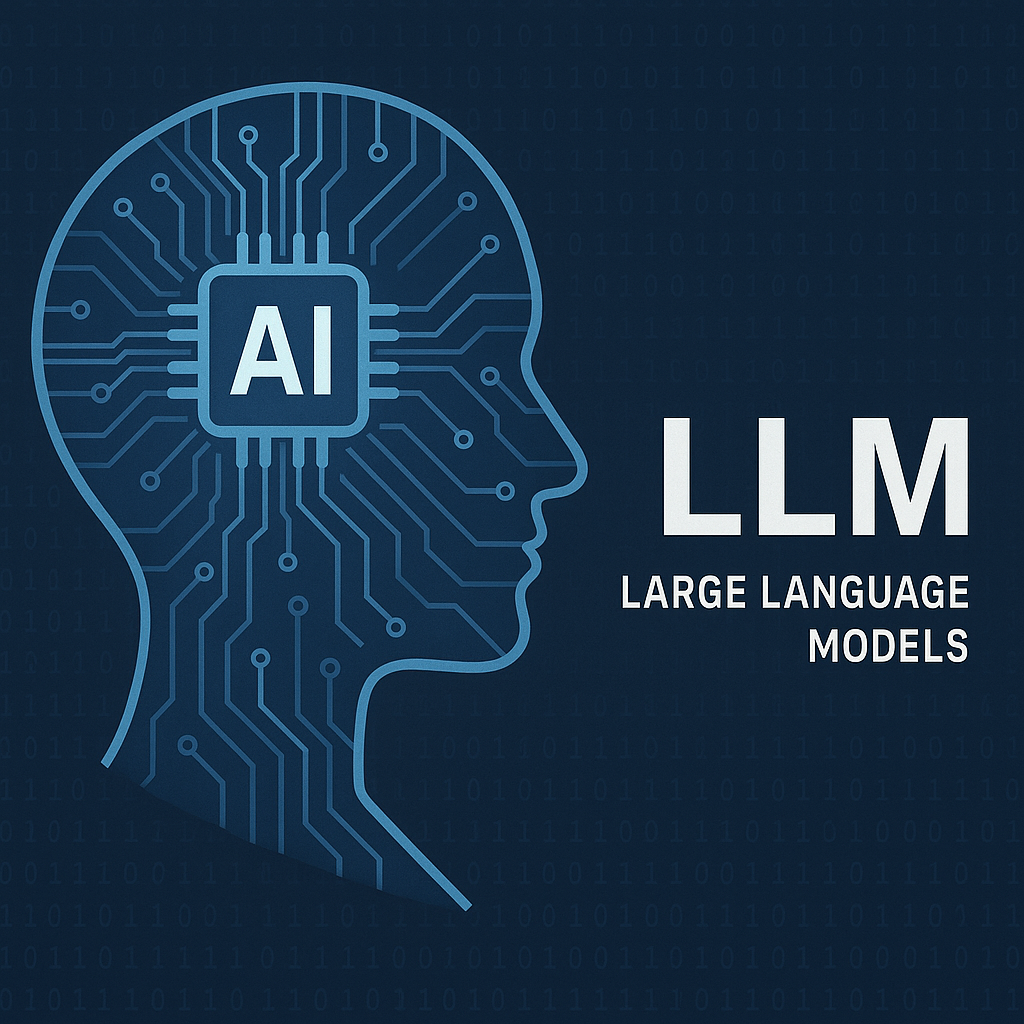Large Language Models (LLMs) are a transformative force in artificial intelligence, allowing computers to understand, generate, and interact with human language on an unprecedented scale. These advanced machine-learning models power popular AI tools, revolutionizing the way we interact with technology.
What Are Large Language Models?
LLMs are deep learning models trained on vast amounts of text data, often encompassing billions or even trillions of words from sources like books, articles, websites, and more. The core architecture behind modern LLMs is the transformer, a neural network design that excels at processing and generating language by understanding the relationships between words and phrases in context.
How Do LLMs Work?
At the heart of LLMs is the transformer architecture, which utilizes mechanisms such as self-attention and positional encoding to analyze input sequences in parallel—unlike older models that processed data sequentially. This architecture allows LLMs to:
- Encode input text into high-dimensional vectors that capture meaning and context.
- Utilize attention mechanisms to concentrate on the most relevant aspects of the input.
- Decode these representations to generate coherent and contextually appropriate output, such as answering questions, summarizing text, or writing code.
Training an LLM involves exposing the model to massive datasets, enabling it to learn grammar, facts, reasoning patterns, and even some world knowledge through self-supervised learning.
What Can LLMs Do?
Large Language Models (LLMs) are highly versatile and capable of performing a wide variety of tasks, including:
- Text generation: Writing articles, stories, or emails.
- Question answering: Respond to open-ended queries with relevant information.
- Summarization: Condensing long documents into concise summaries.
- Translation: Converting text between languages.
- Code generation: Writing and debugging computer code.
- Conversational AI: Powering chatbots and virtual assistants like ChatGPT.
Why Are LLMs Important?
Large Language Models (LLMs) mark a significant advancement in AI capabilities. They function as foundation models, versatile systems that can be applied to a wide range of tasks without the need to train a new model for each specific application. This adaptability reassures us about their versatility, reducing development costs, accelerating innovation, and enabling organizations to leverage AI across multiple fields.
The Future of LLMs
As large language models (LLMs) continue to grow in size and complexity, they are expected to become increasingly adept at understanding intricate language, reasoning, and generating creative content. However, ongoing research is also focused on addressing challenges such as bias, factual accuracy, and the ethical use of AI-generated content, thereby ensuring a responsible and secure future for AI.
Conclusion
Large Language Models (LLMs) are at the forefront of AI innovation, powering tools such as ChatGPT and enabling machines to interact with human language in previously unimaginable ways. By leveraging the capabilities of transformers and deep learning, LLMs are revolutionizing industries, enhancing productivity, and generating new opportunities for human-computer interaction.

